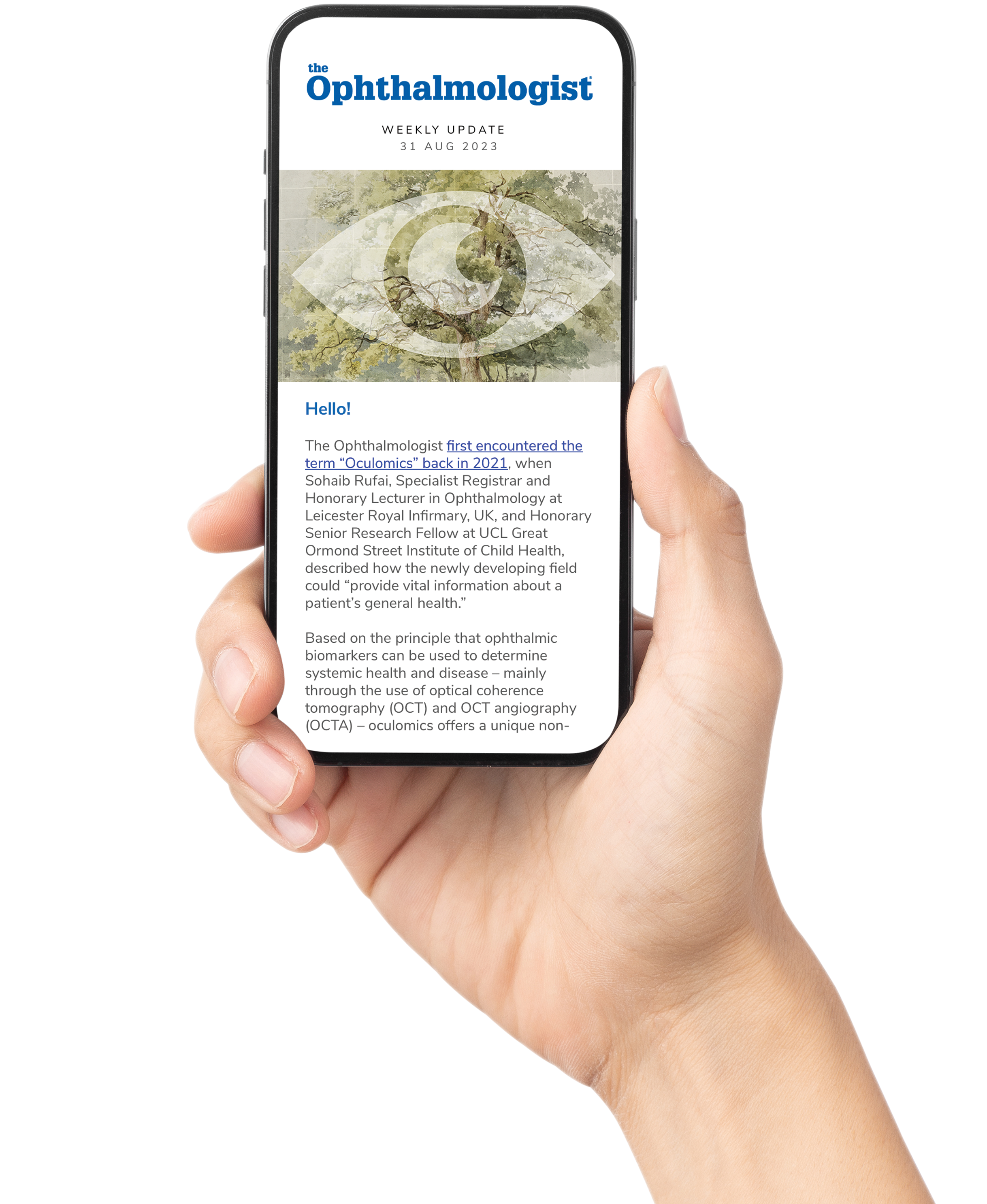Some diseases are trickier than others to diagnose – but just because you might hear hooves doesn’t mean you’re going to see a horse. Sjögren’s syndrome (SS) is one such case; typically presenting with symptoms identical to dry eye, the disease often shows its zebra stripes through earlier onset and increased disease severity.
As with most conditions, early diagnosis is key, and diagnostic delays could lead to unnecessary damage due to lack of treatment. A disorder of the immune system, SS can manifest not only with damage to the ocular surface, but also with lung damage, pregnancy complications, cancer, and a range of other immune-related issues.
But surely there must be a way to distinguish between horses, zebras, and a person clapping coconuts together? This is where researchers at Quinze-Vingts National Ophthalmology Hospital in Paris, France, are stepping in. They are taking advantage of the meibomian gland dysfunction that occurs in SS and measuring concurrent damage to the corneal nerves to diagnose the disease. Using in vivo confocal microscopy (IVCM), they found a significant decrease in nerve density – potentially a way to diagnose the condition earlier, monitor progression, or even target future treatments (1). The decrease in density correlates with SS patients’ reported corneal insensitivity (2), so measurement of the corneal nerves is a logical step forward now that IVCM has become a gold standard for noninvasive nerve viewing.
This discovery also advances understanding of the cellular processes involved in SS pathology. Corneal nerve degeneration is likely to have a negative effect on the production of nerve growth factor, a key component in regulating the growth and function of epithelial cells in the cornea. This degeneration, along with the lacrimal gland and ocular surface effects, likely plays a role in the vicious cycle of visual impairment.
Currently, SS diagnosis is convoluted and difficult, involving blood tests, tissue biopsies, and in some cases even a spit test. If corneal nerve imaging can differentiate between dry eye and SS, it would enable easier, earlier diagnosis – allowing us to appropriately treat both horses and zebras!
Credit: Zebra image sourced from Unsplash.com
References
- J Luzu et al., Ocul Surf, 25, 155 (2022). PMID: 35872076.
- FA Adatia et al., Can J Ophthalmol, 39, 767 (2004). PMID: 15696767.
